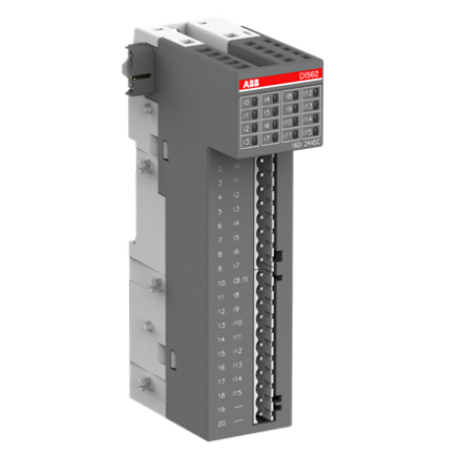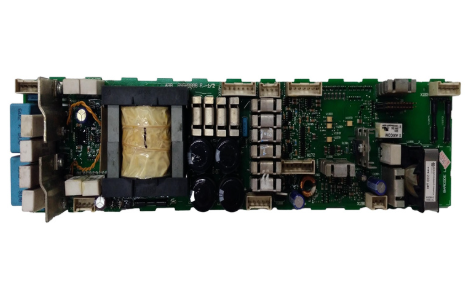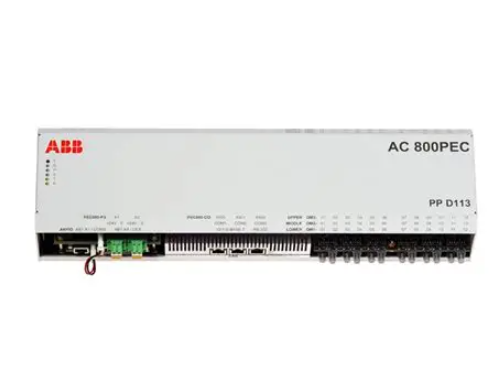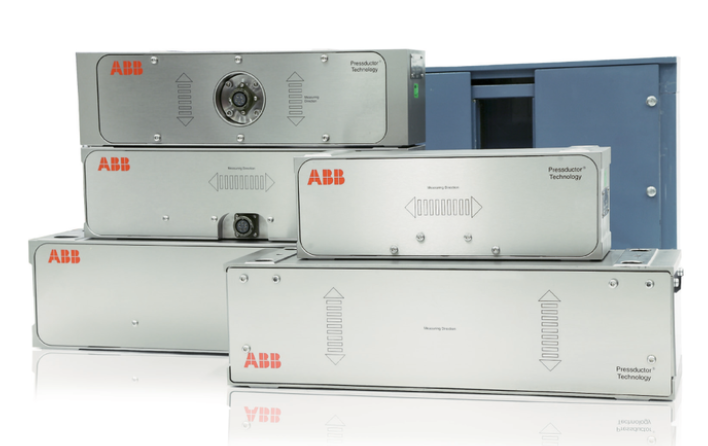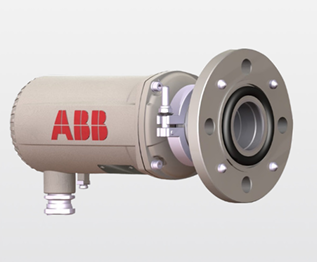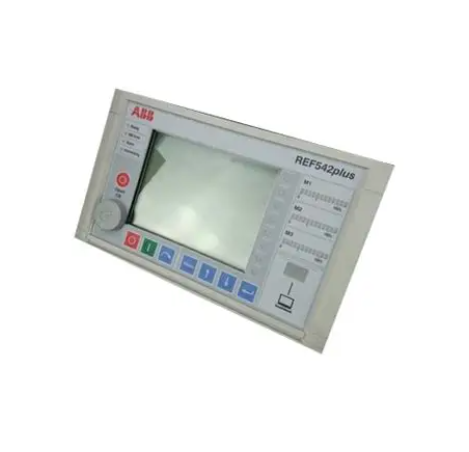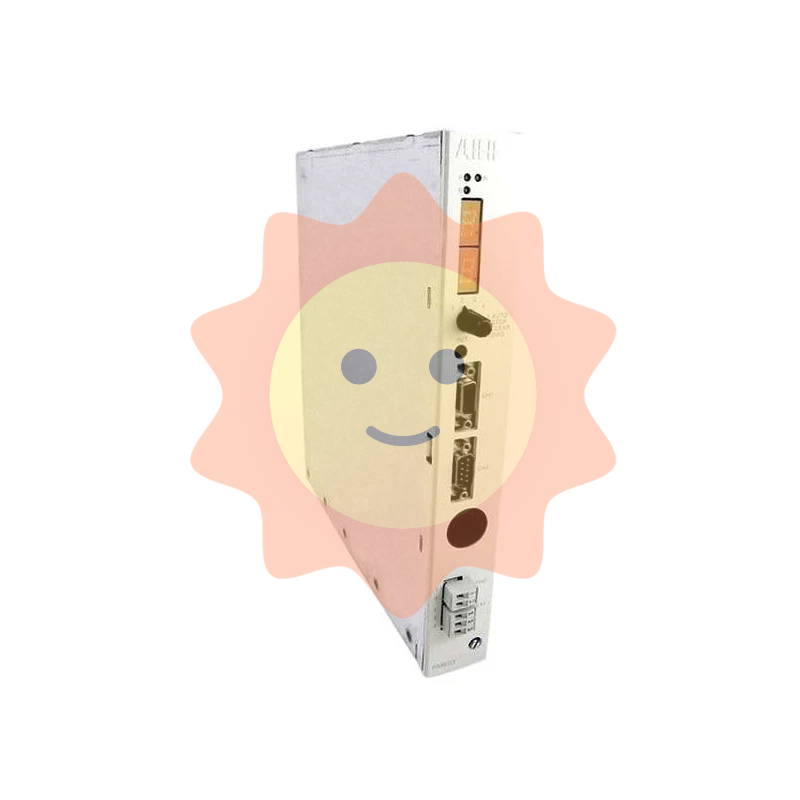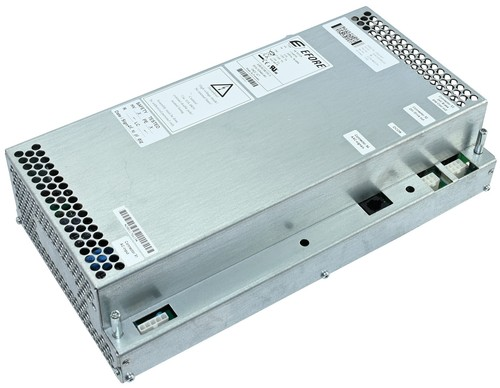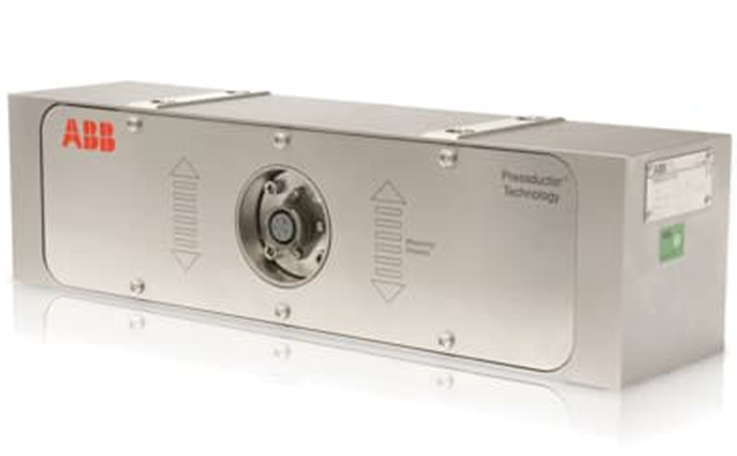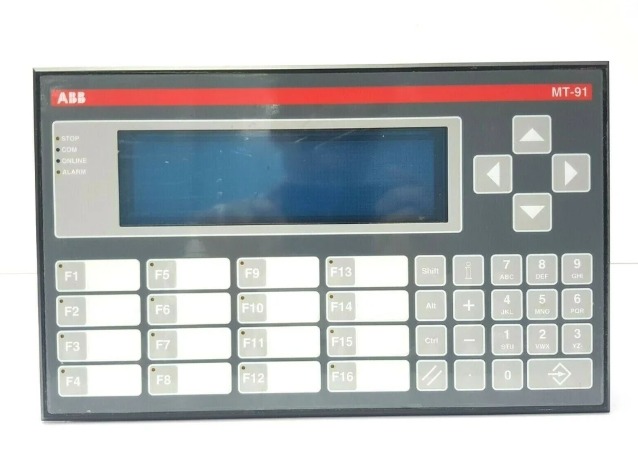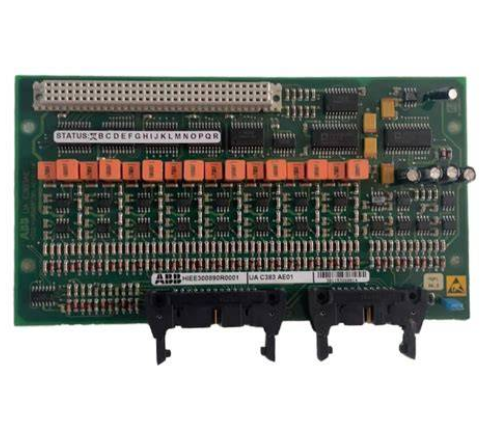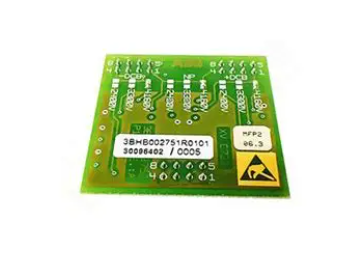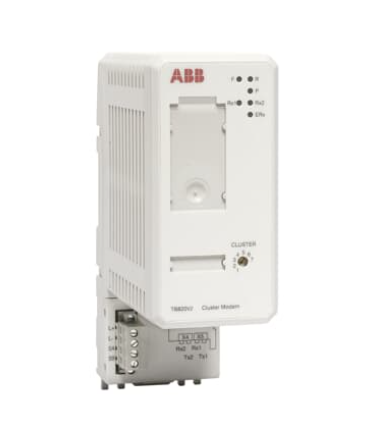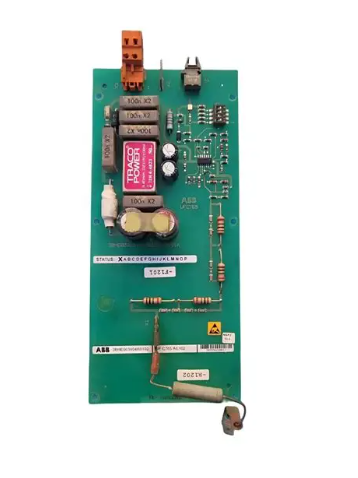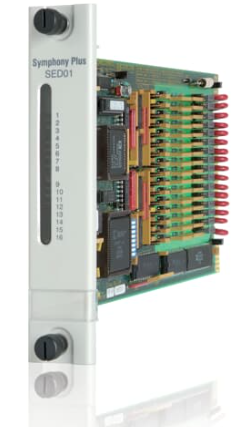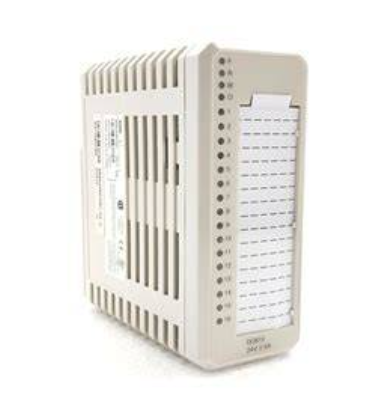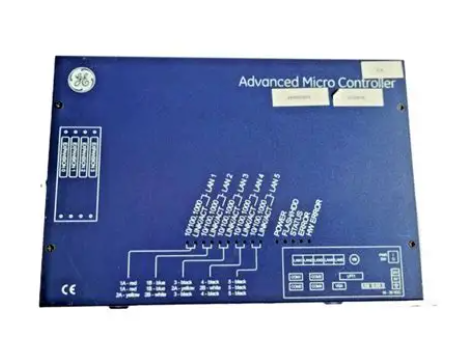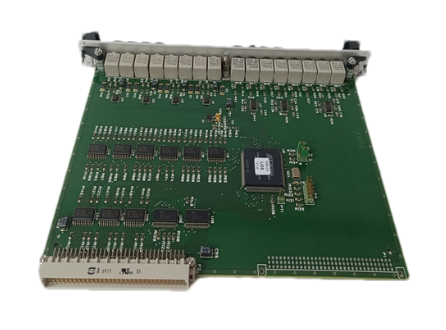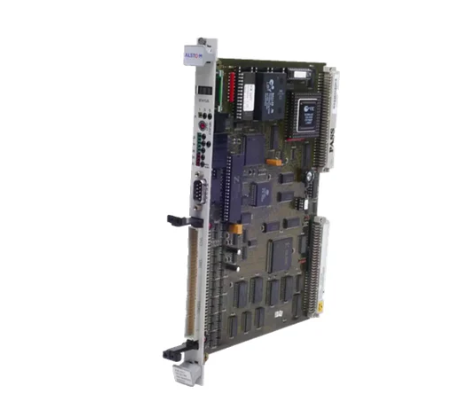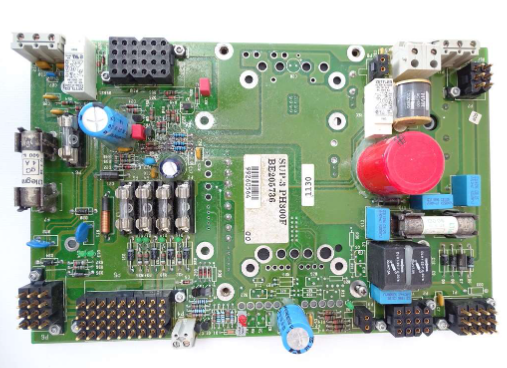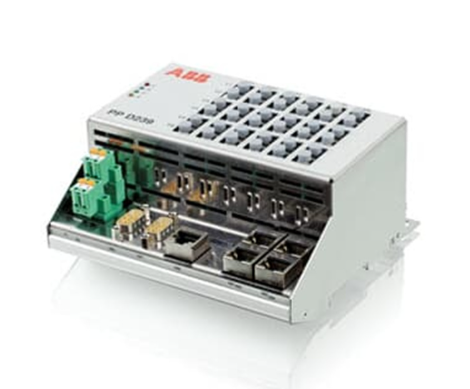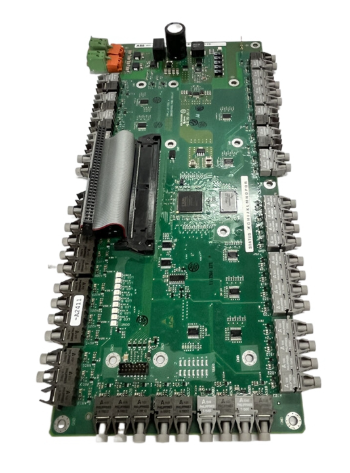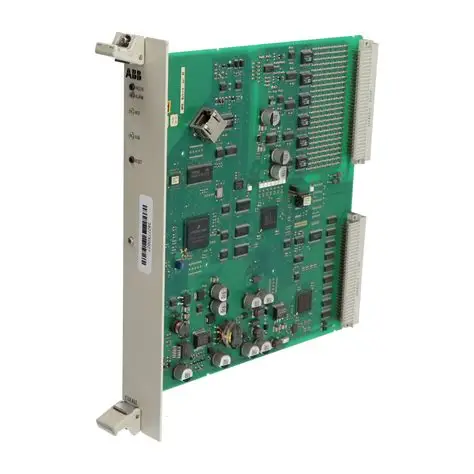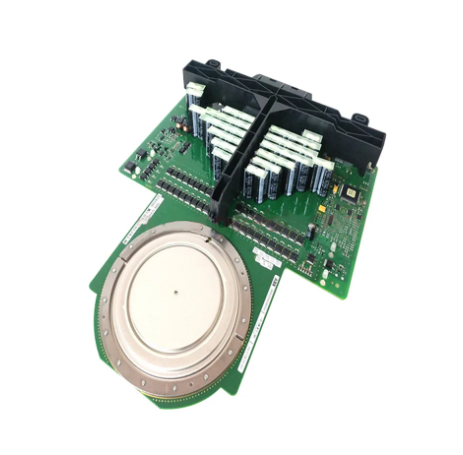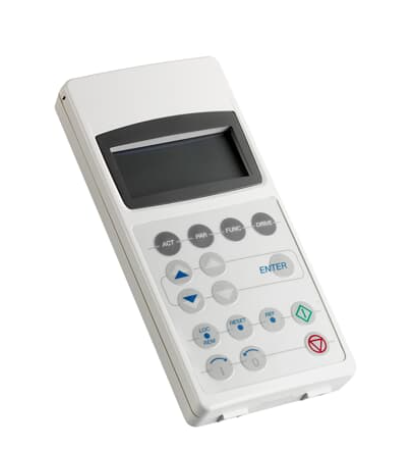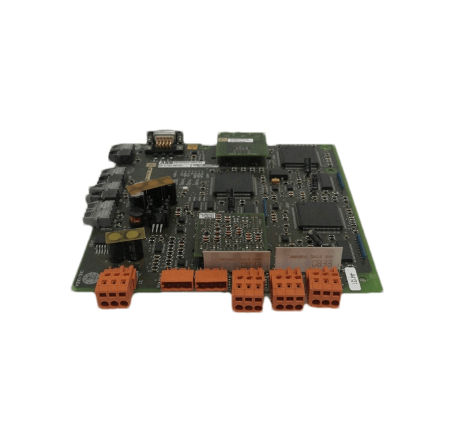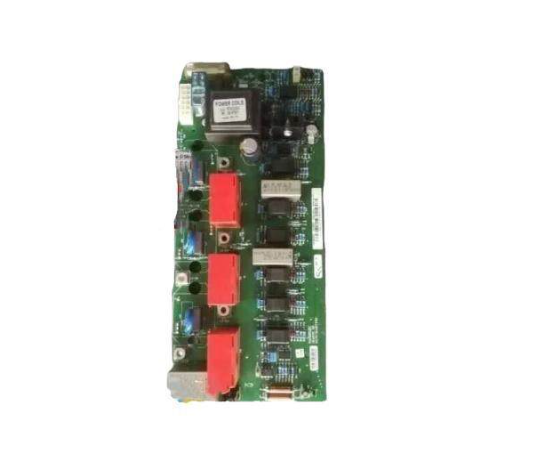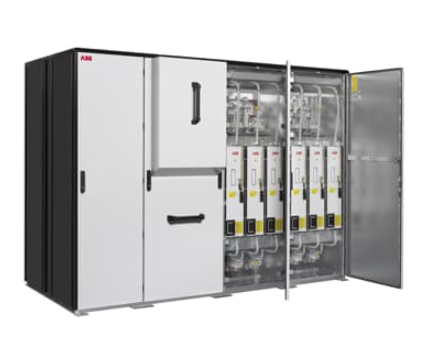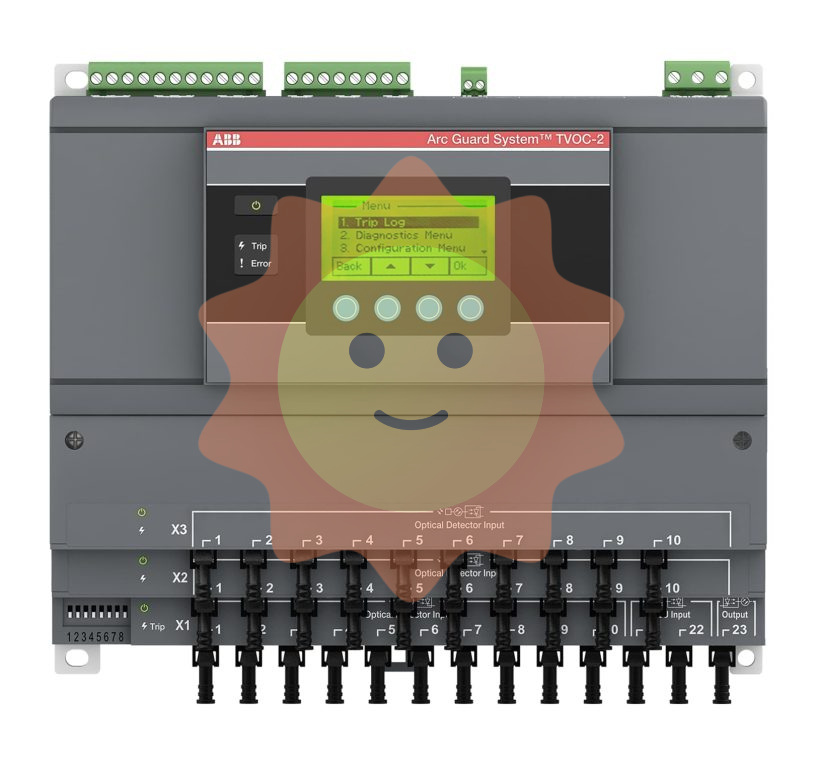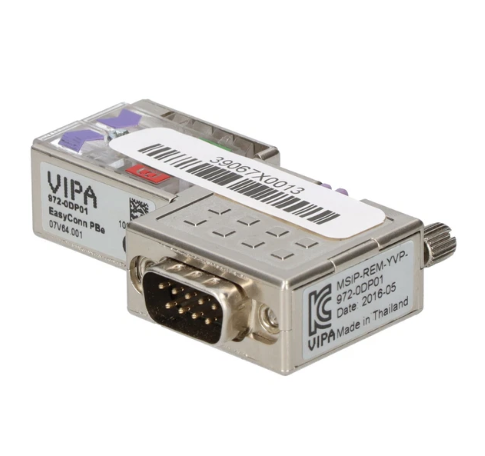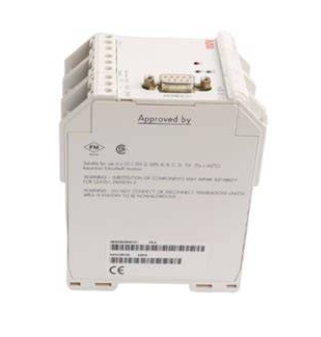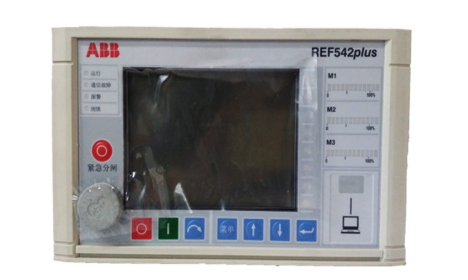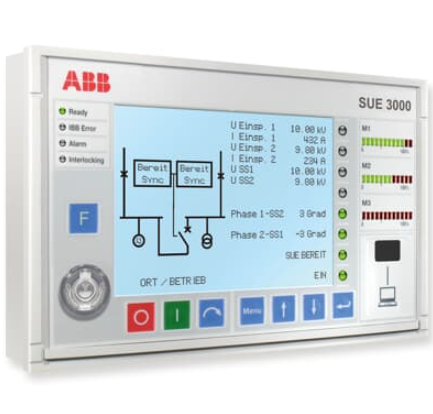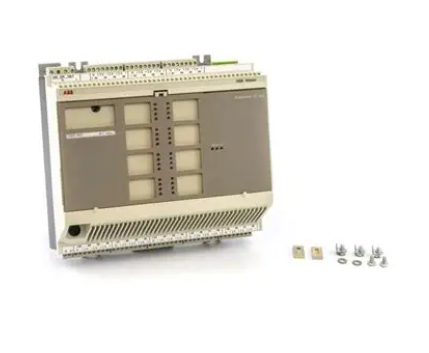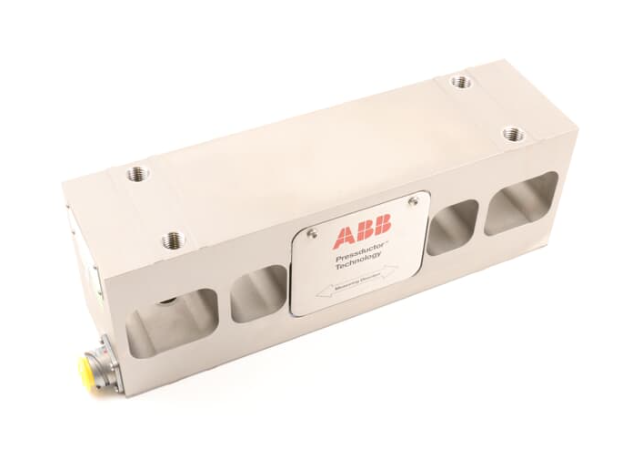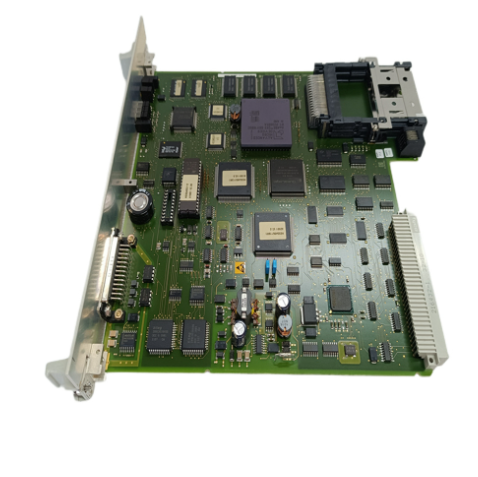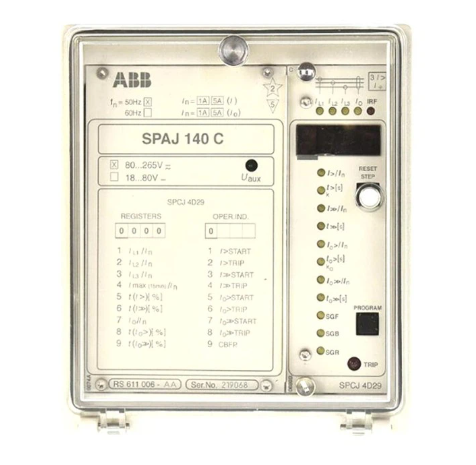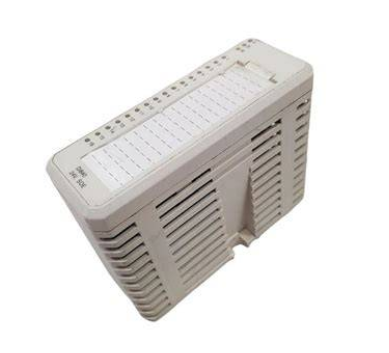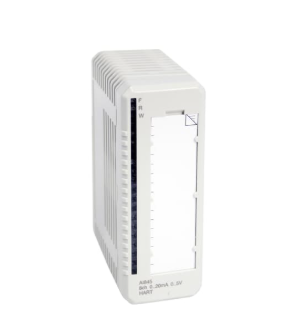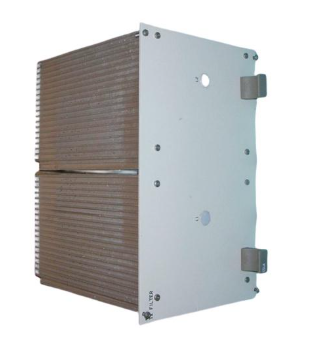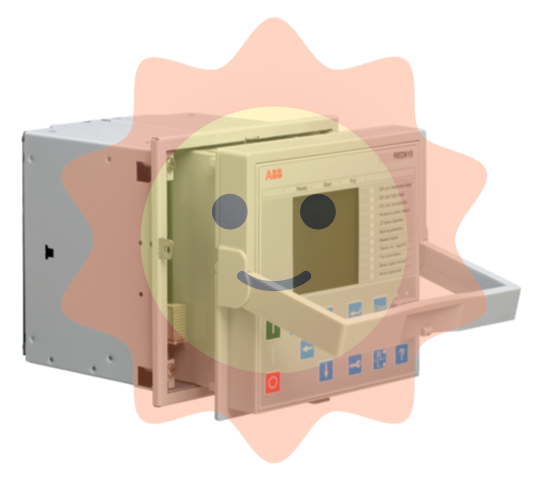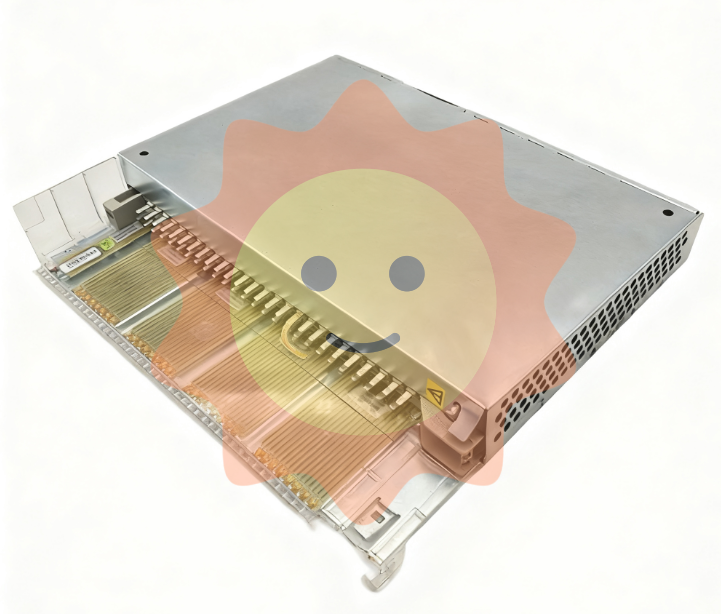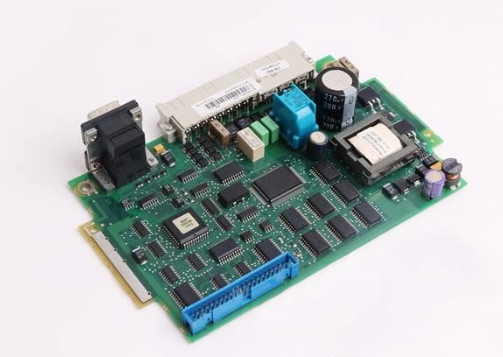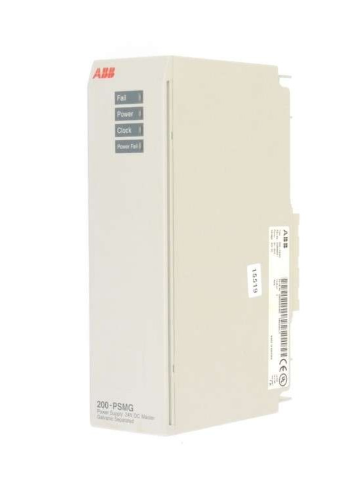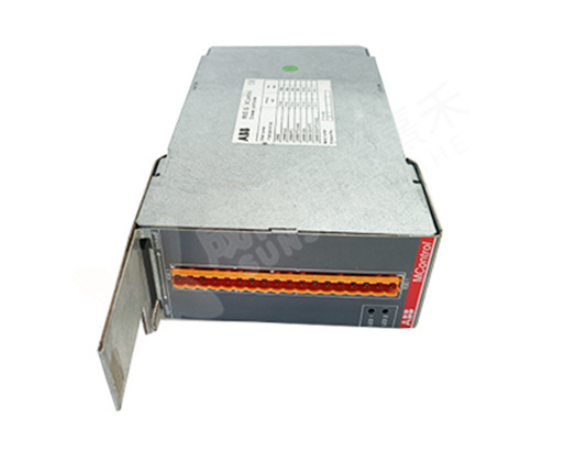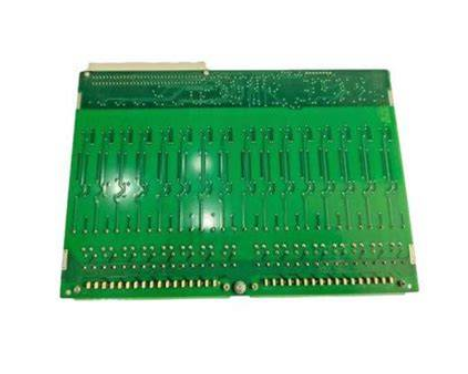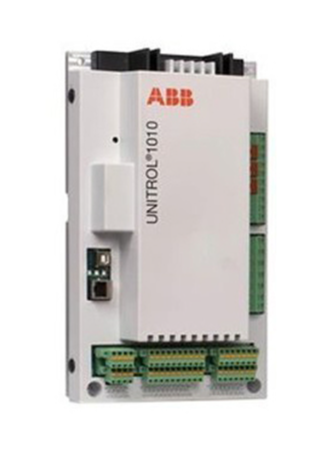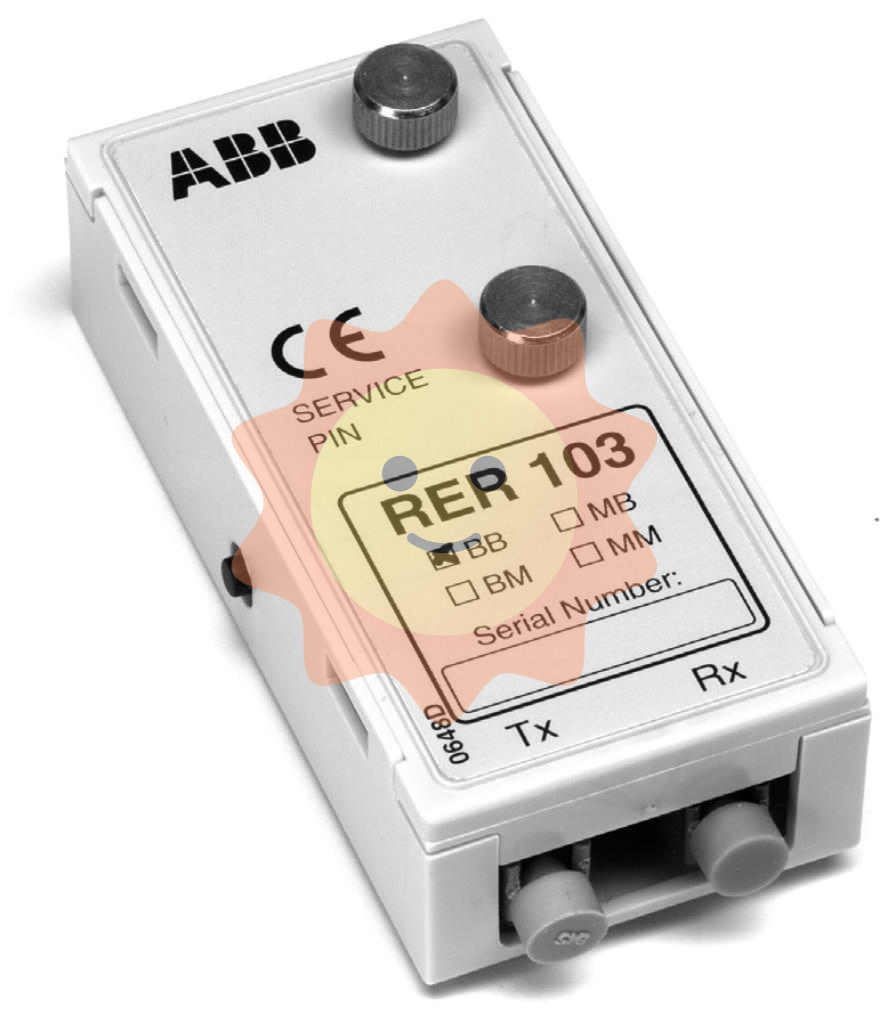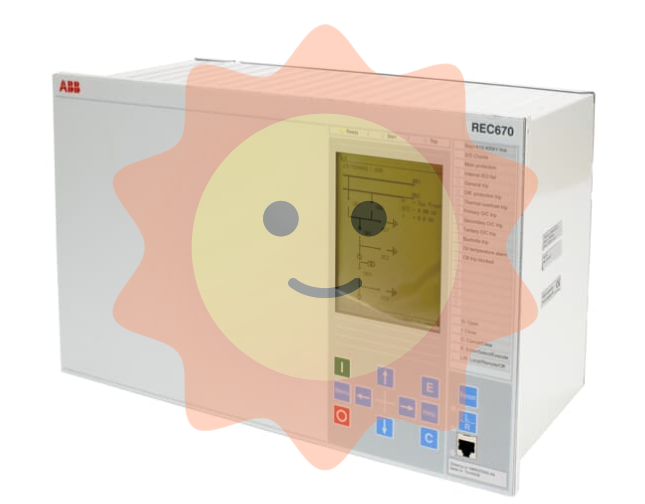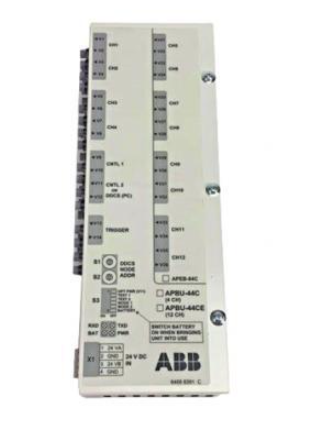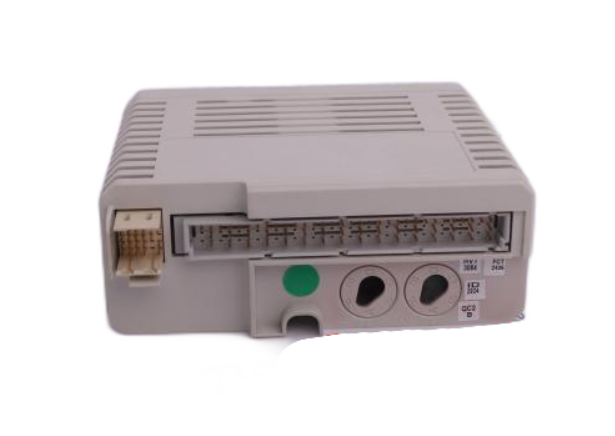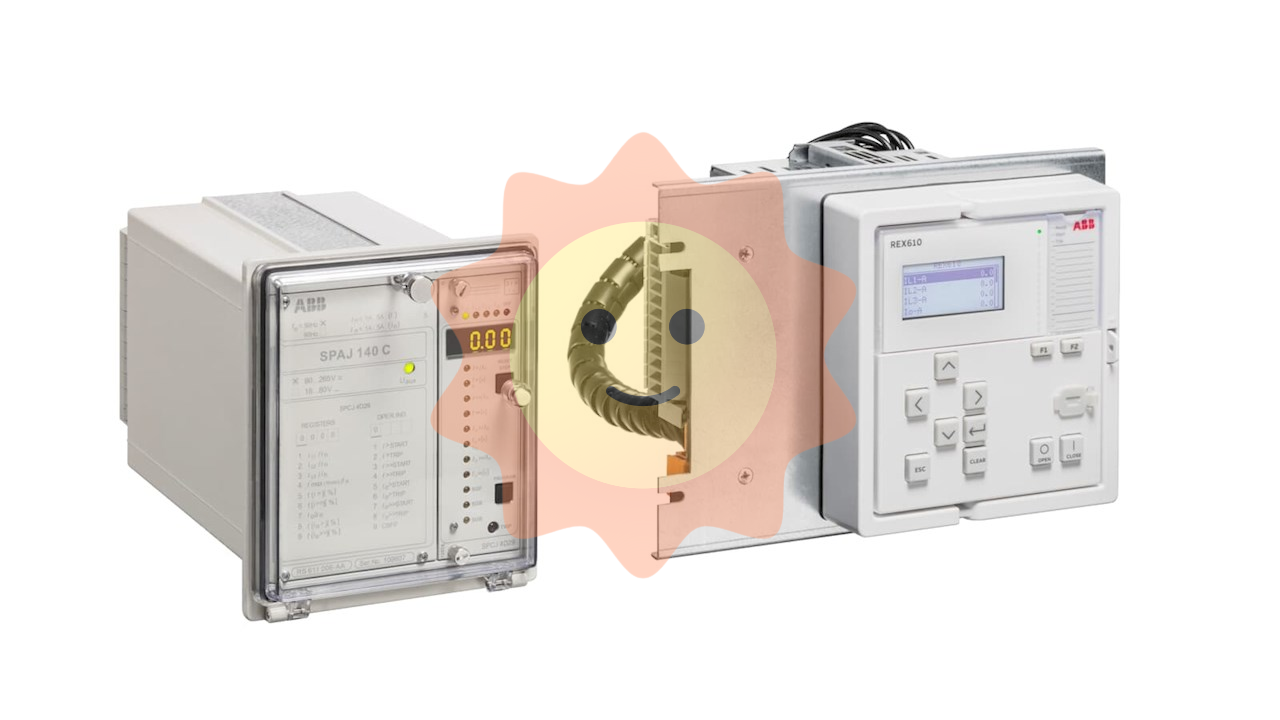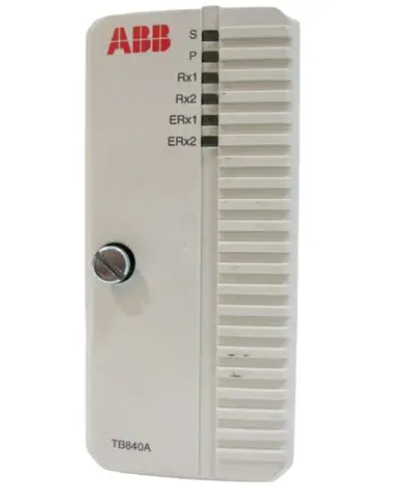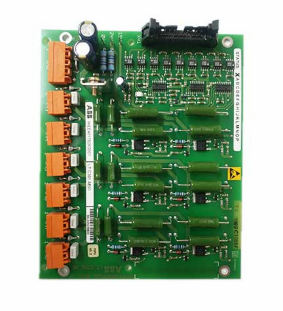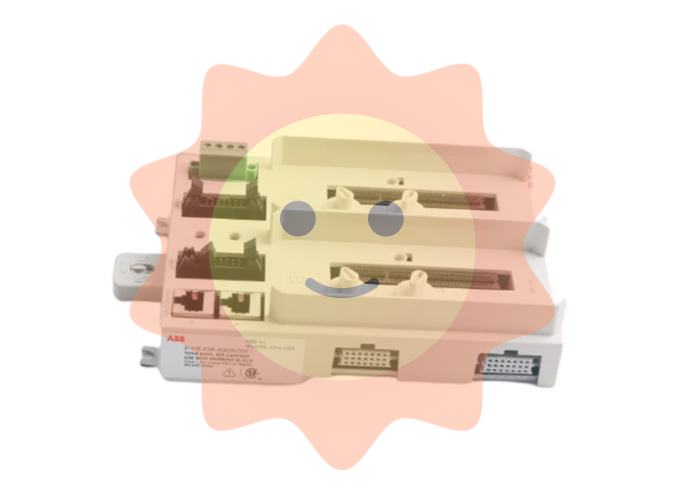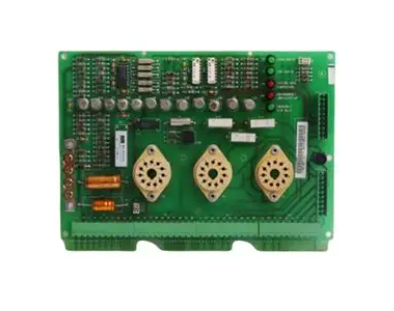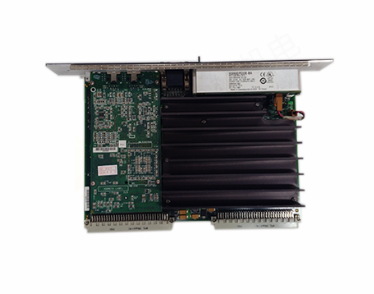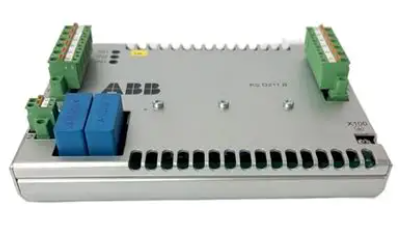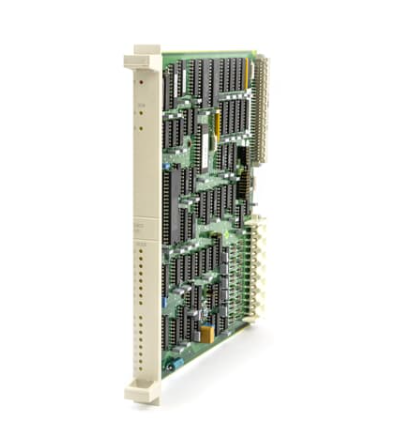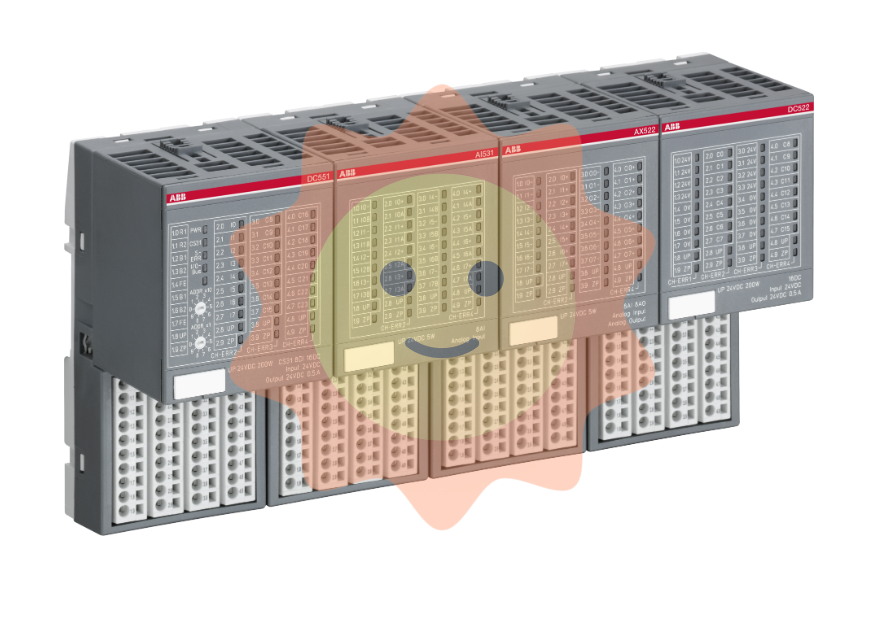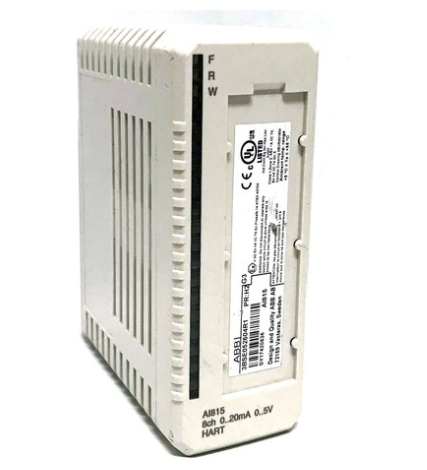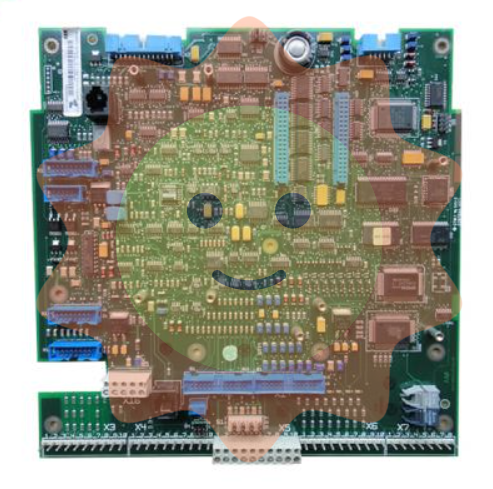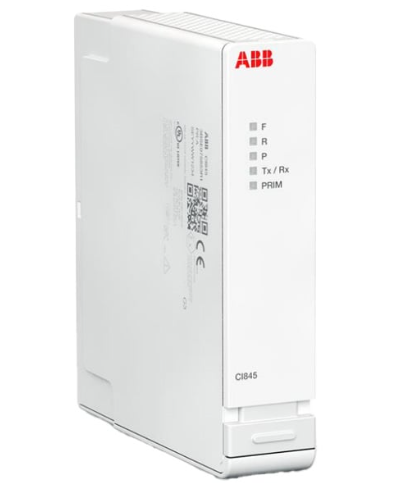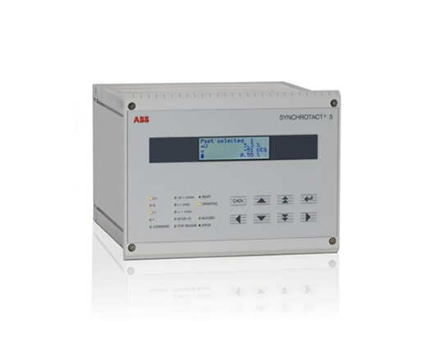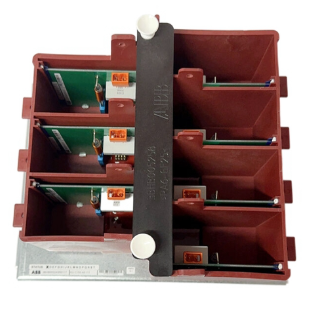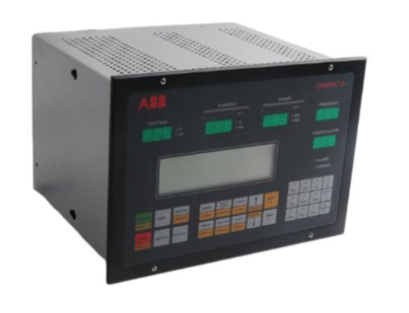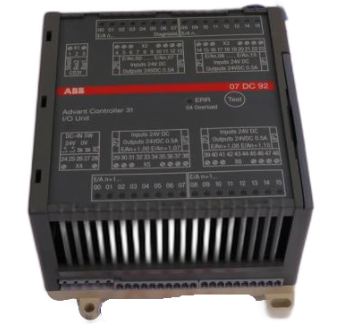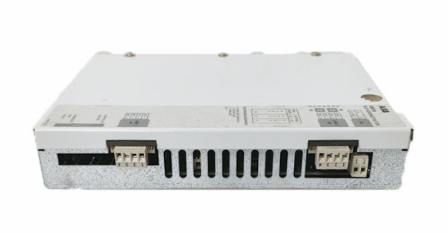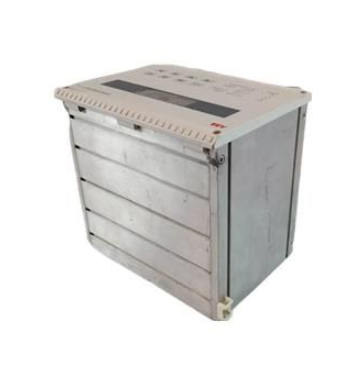ABB IMDSO14 Digital Output Module
Working principle
When the IMDSO14 digital output module is working, it first receives digital signals from the control system, which are transmitted to the microprocessor inside the module through the communication interface. The microprocessor parses and processes the input signal, determines the required output channel and corresponding level state based on the content of the signal. Then, the microprocessor sends corresponding control signals to the drive circuits of each output channel through the control circuit. The driving circuit controls the conduction and cutoff of the power transistor based on the received signal, thereby converting the internal digital signal into a voltage signal that can drive external devices and outputting it to the corresponding output terminal. Throughout the process, the isolation circuit ensures electrical isolation between the input signal and the output signal, avoiding interference that affects the normal operation of the system.
Key advantages
High reliability: Using high-quality electronic components and advanced manufacturing processes, and undergoing strict quality inspection processes, the module ensures long-term stable operation even in harsh industrial environments. Its excellent anti-interference ability and fault protection mechanism greatly reduce the risk of system downtime caused by module failures.
Flexibility: With 16 independent output channels and support for different operating voltages, this module can be flexibly applied to various complex industrial control scenarios, whether it is a simple small-scale control system or a large-scale automated production line, it can be easily adapted.
Easy to maintain: Clear LED status indication and powerful self diagnostic function enable maintenance personnel to quickly locate fault points and shorten troubleshooting time. Meanwhile, the structural design of the module facilitates disassembly and replacement, reducing maintenance costs and difficulty.
Good compatibility: It can seamlessly integrate with mainstream control systems from ABB and other brands, facilitating users to build a unified automation control network and achieve collaborative work between devices.
Precautions
Installation environment: It should be installed in a dry and well ventilated environment, avoiding installation in places with high temperature, high humidity, or corrosive gases. The working temperature range is generally from 0 ° C to 55 ° C, and the relative humidity does not exceed 95% (non condensing).
Wiring specifications: When carrying out wiring operations, it is necessary to strictly follow the requirements of the product manual to ensure that the wiring is firm and correct. Avoid module damage or system failure caused by wiring errors. At the same time, it should be noted that circuits of different voltage levels should be wired separately to prevent electrical interference.
Load matching: When connecting external loads, ensure that the rated current and voltage of the load match the output capacity of the module. Overloading is strictly prohibited to avoid damaging the module. If high-power loads need to be driven, consideration should be given to using intermediate relays for power amplification.
Electrostatic protection: When operating the module, attention should be paid to electrostatic protection to avoid damage to the electronic components inside the module caused by human static electricity. It is recommended that operators wear protective equipment such as anti-static wristbands.
Similar model supplement
ABB IMDSO12: Compared with IMDSO14, IMDSO12 is also a digital output module, but it only has 12 output channels, which is suitable for application scenarios with relatively less demand for output channels and more limited control cabinet space. In other aspects, performance parameters such as operating voltage range and output current capability are similar to IMDSO14.
ABB IMDSO24: This model has 24 digital output channels, with more output channels than IMDSO14, making it suitable for large automation systems that require controlling a large number of external devices. Its working principle and basic functions are consistent with IMDSO14, but there may be an increase in module size and power consumption.
Application scenarios
Manufacturing automation production line: In the production lines of industries such as automobile manufacturing and electronic equipment manufacturing, IMDSO14 can be used to control various automation equipment, such as the movement of robotic arms, the start and stop of conveyor belts, and the opening and closing of pneumatic valves, to achieve automated operation of production lines, improve production efficiency and product quality.
Power and energy industry: used in power facilities such as substations and power plants to control the opening and closing of circuit breakers, display of indicator lights, triggering of alarm devices, etc., to ensure the safe and stable operation of the power system. In the field of petrochemicals, various pumps, compressors, regulating valves and other equipment can be controlled to achieve automated control and monitoring of the production process.
- EMERSON
- Honeywell
- CTI
- Rolls-Royce
- General Electric
- Woodward
- Yaskawa
- xYCOM
- Motorola
- Siemens
- Rockwell
- ABB
- B&R
- HIMA
- Construction site
- electricity
- Automobile market
- PLC
- DCS
- Motor drivers
- VSD
- Implications
- cement
- CO2
- CEM
- methane
- Artificial intelligence
- Titanic
- Solar energy
- Hydrogen fuel cell
- Hydrogen and fuel cells
- Hydrogen and oxygen fuel cells
- tyre
- Chemical fiber
- dynamo
- corpuscle
- Pulp and paper
- printing
- fossil
- FANUC
- Food and beverage
- Life science
- Sewage treatment
- Personal care
- electricity
- boats
- infrastructure
- Automobile industry
- metallurgy
- Nuclear power generation
- Geothermal power generation
- Water and wastewater
- Infrastructure construction
- Mine hazard
- steel
- papermaking
- Natural gas industry
- Infrastructure construction
- Power and energy
- Rubber and plastic
- Renewable energy
- pharmacy
- mining
- Plastic industry
- Schneider
- Kongsberg
- NI
- Wind energy
- International petroleum
- International new energy network
- gas
- WATLOW
- ProSoft
- SEW
- wind
- ADVANCED
- Reliance
- YOKOGAWA
- TRICONEX
- FOXBORO
- METSO
- MAN
- Advantest
- ADVANCED
- ALSTOM
- Control Wave
- AB
- AMAT
- STUDER
- KONGSBERG
- MOTOROLA
- DANAHER MOTION
- Bently
- Galil
- EATON
- MOLEX
- Triconex
- DEIF
- B&W
- ZYGO
- Aerotech
- DANFOSS
- KOLLMORGEN
- Beijer
- Endress+Hauser
- MOOG
- KB
- Moxa
- Rexroth
- YAMAHA


Email:wang@kongjiangauto.com




